KNIT MAGAZINE
- Yarn/Fiber
The art behind three strings: discovering the strings of the Shamisen

- Post date:
- May 27, 2024 07:00
- (Update: April 8, 2025 20:52)
KNIT MAGAZINE


As a fan of music with minor instruments, I’m a fan of the Japanese string instruments — the shamisen. The harmony of shamisen is so amazing, which has already accompanied Japanese for more than 400 years.

Through learning the instrument, I was wondering the secret behind the string: the material and how it is made!
Let’s take a look at the string which makes shamisen so attractive!
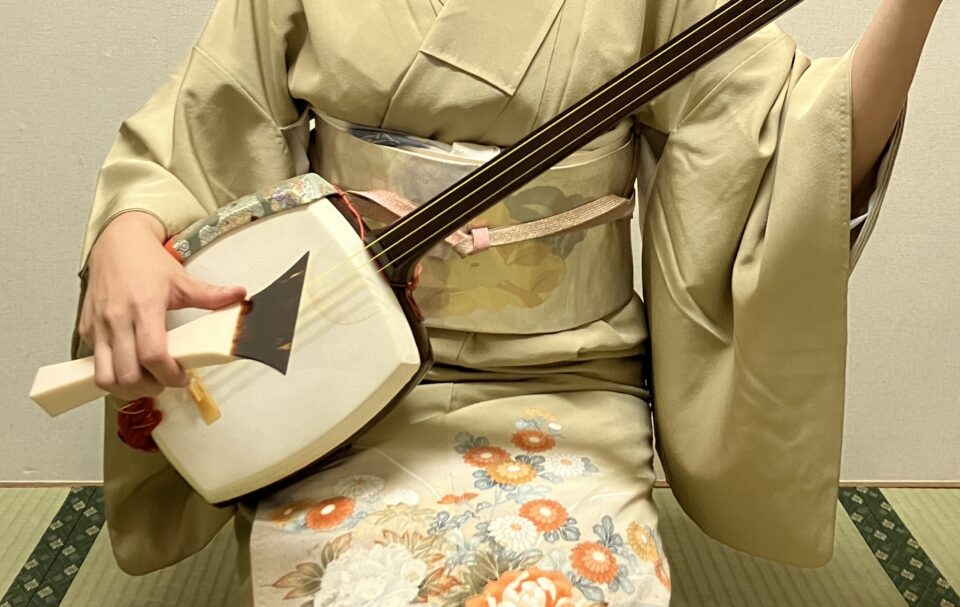
Table of Contents
The string is mainly made of silk.
SILK? You may think that silk is a delicate fiber which is easily broken.
Yes, you are right! The silk yarn made for clothes is extremely delicate and soft because the sericin is gotten rid of during the manufacturing. However, when making the string of shamisen, the sericin will be retained to enhance the strength.
Recently, there are also nylon and polyester ones which can be found in the store. Both are relatively stronger, yet the sound is kind of different compared to the silk one.
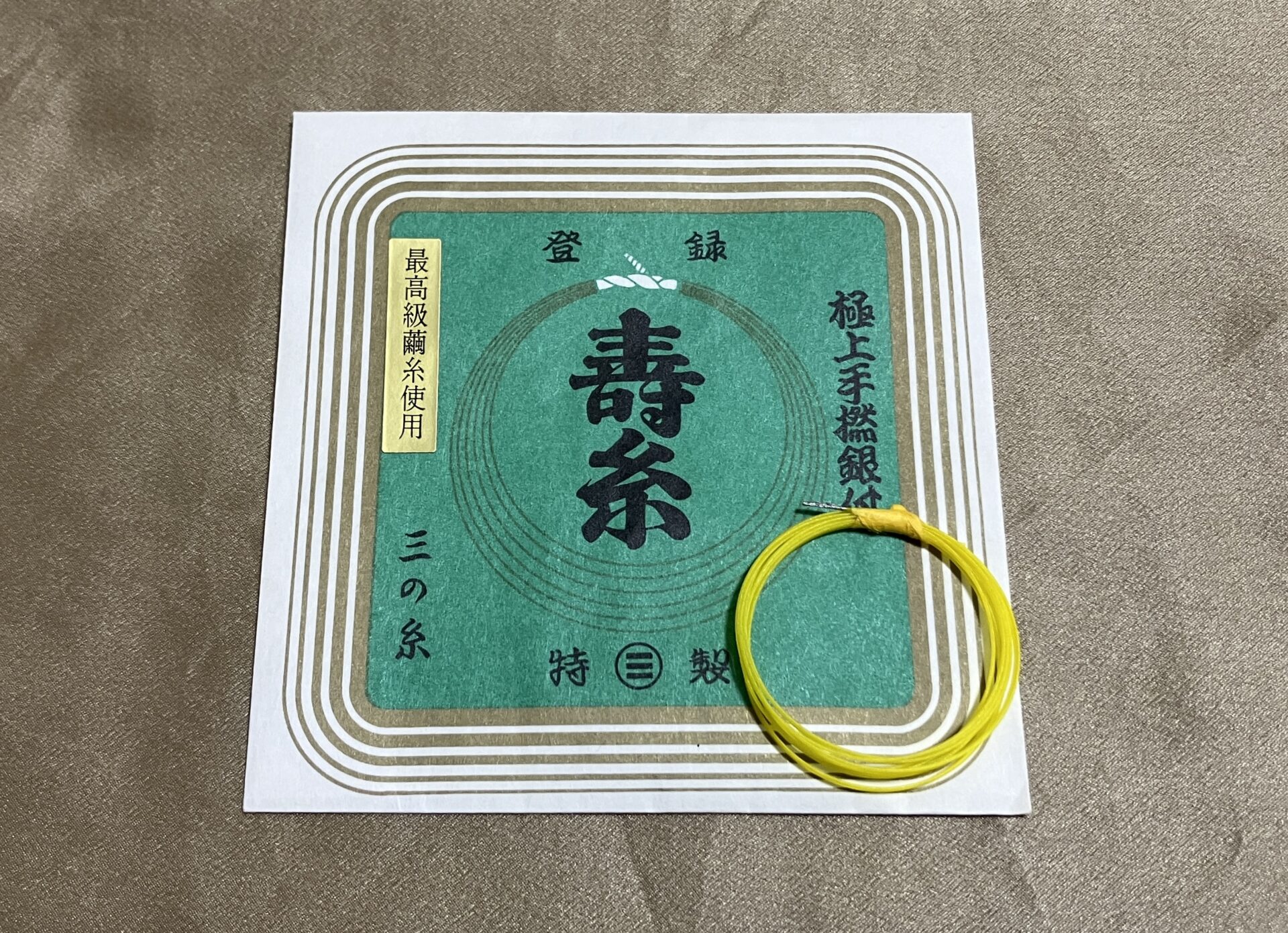
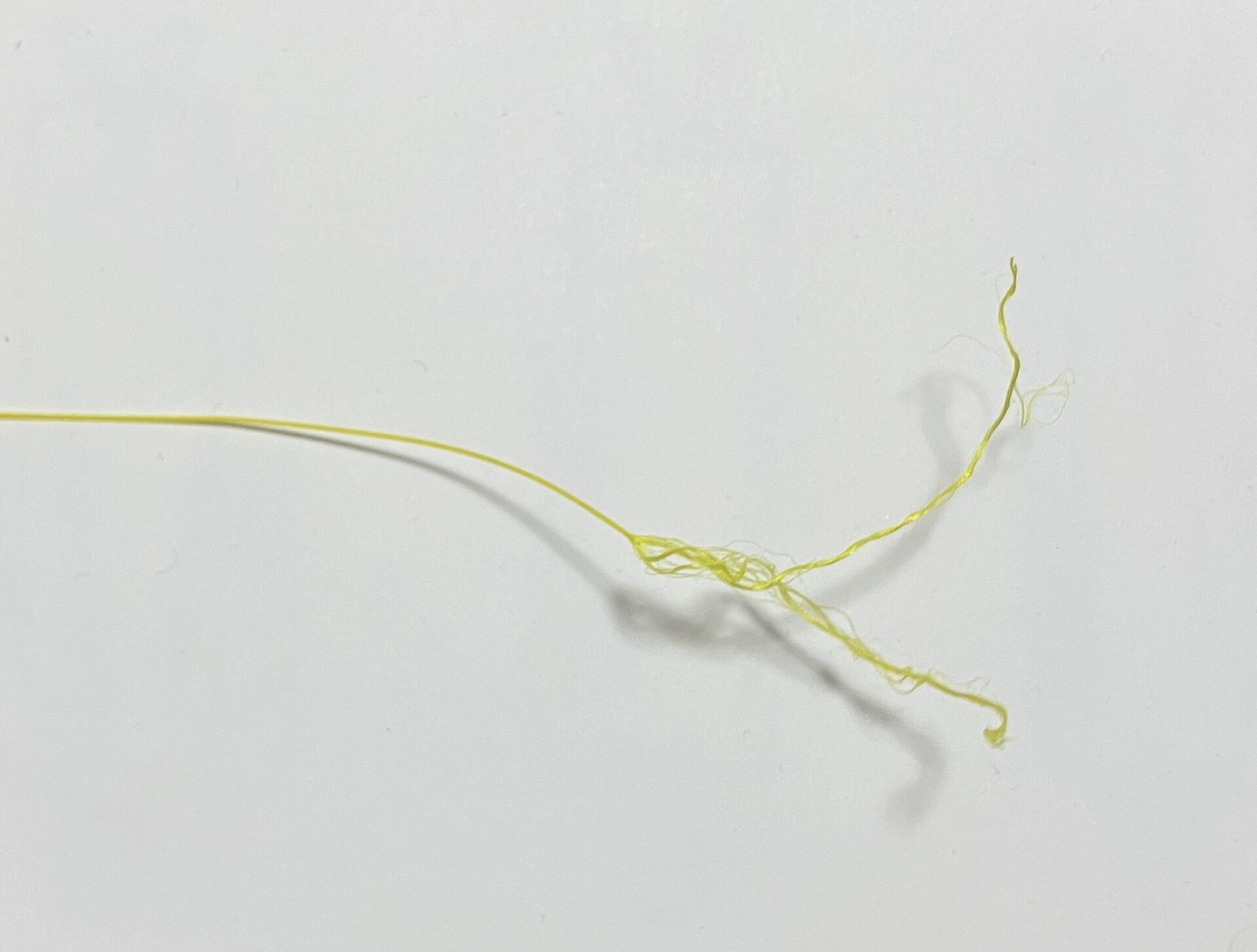
Both the strings are made by silk.
According to an old company which produces the string of shamisen – Marusan hashimoto ,the silk string is almost 100% handmade. It’s incredible that the company keeps the old method from getting fiber to spinning the string by hand!
One string is combined with multiple silk fibers. After several processes, staff spin the fibers with different times depending on the thickness of the string. Then, after the dyeing process, the string will be boiled with the rice starch to make it get harder and to enhance the strength.
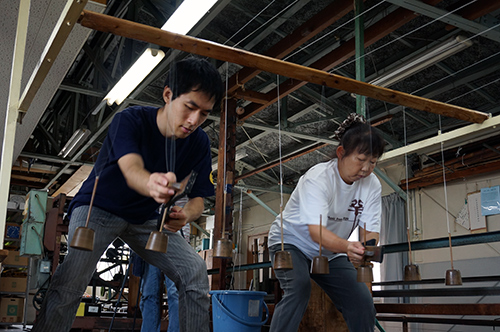
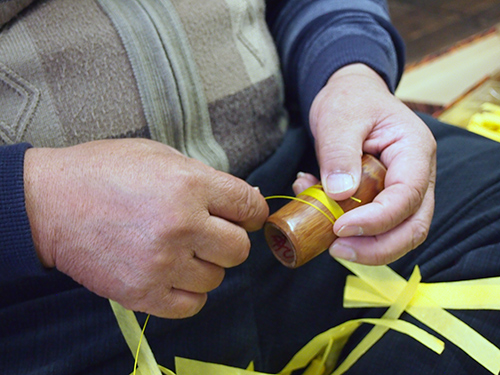
Yellow was considered to be the color which matches the shamisen in ancient times!
Also, another reason is that the string is dyed by turmeric which is a natural material helping to avoid the pest. I like the wisdom of the people who created the string of shamisen. The color is not just relative to the aesthetics, but also gives it a functional end.
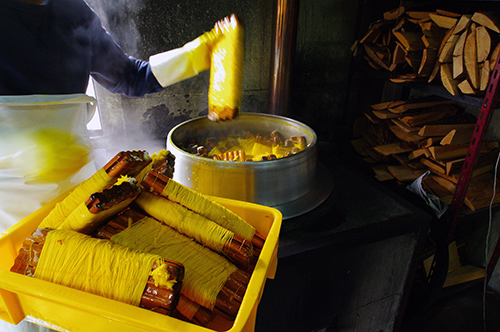
Have you ever listened to the music played by shamisen?
If not, here is a link to a Japanese artist!
See you next time!
Reference
https://blog.goo.ne.jp/chinton2009/e/4073dfc63747f59213684380bf2416c3
http://www.marusan-hashimoto.com/products/process.html
https://ja.ukiyo-e.org/image/ritsumei/arcUP2978
https://ja.wikipedia.org/wiki/%E4%B8%89%E5%91%B3%E7%B7%9A
Subscribe Now
To receive the latest updates and insights, subscribe to our newsletter.
Contact Us
For further inquiries regarding this article, please feel free to contact us.